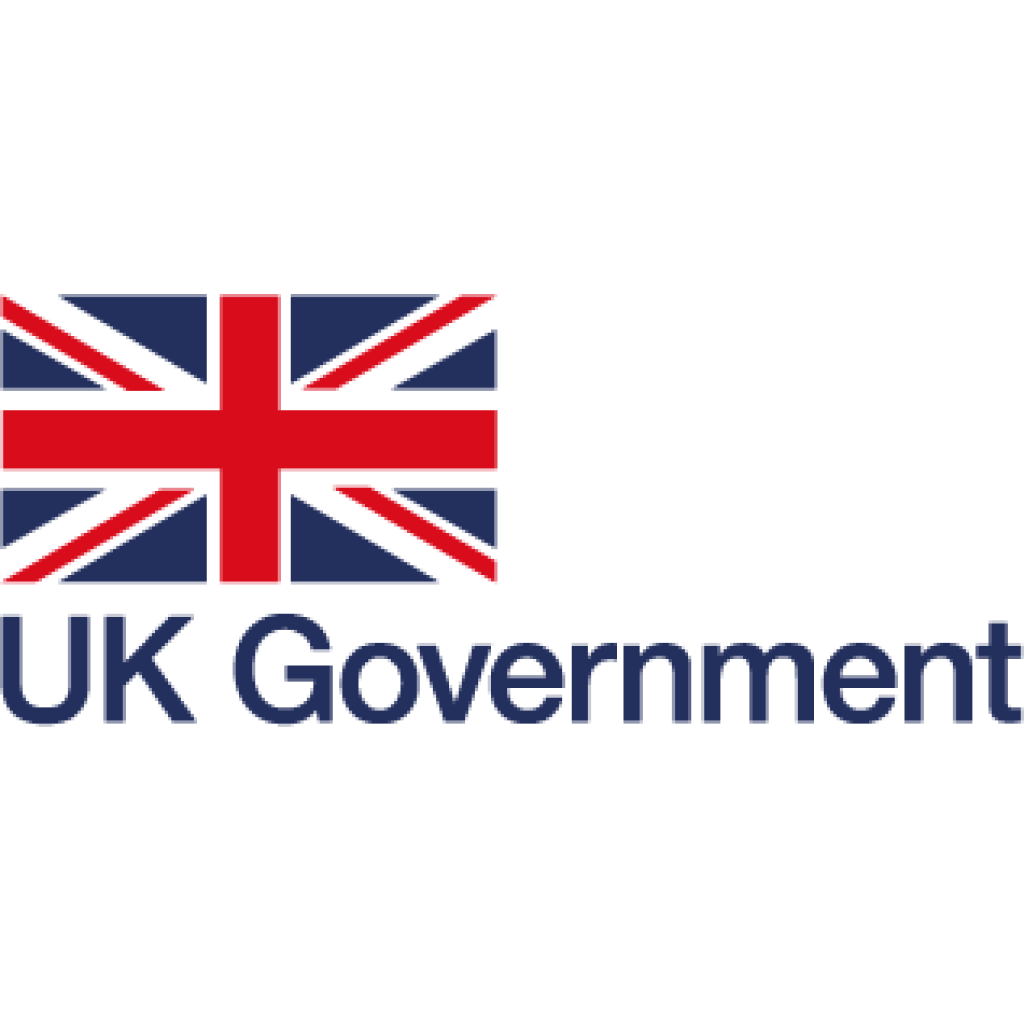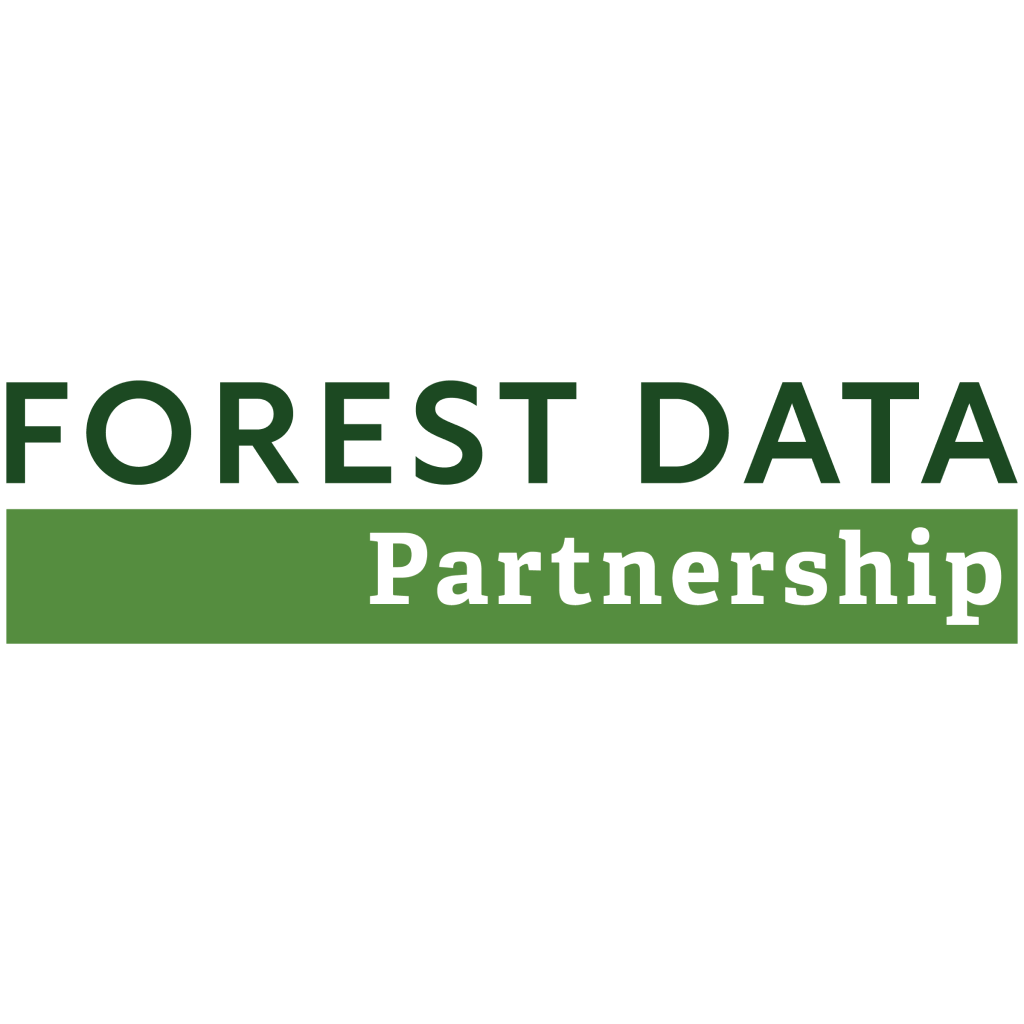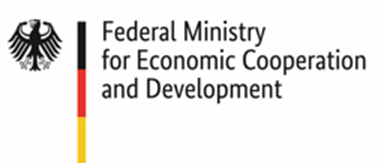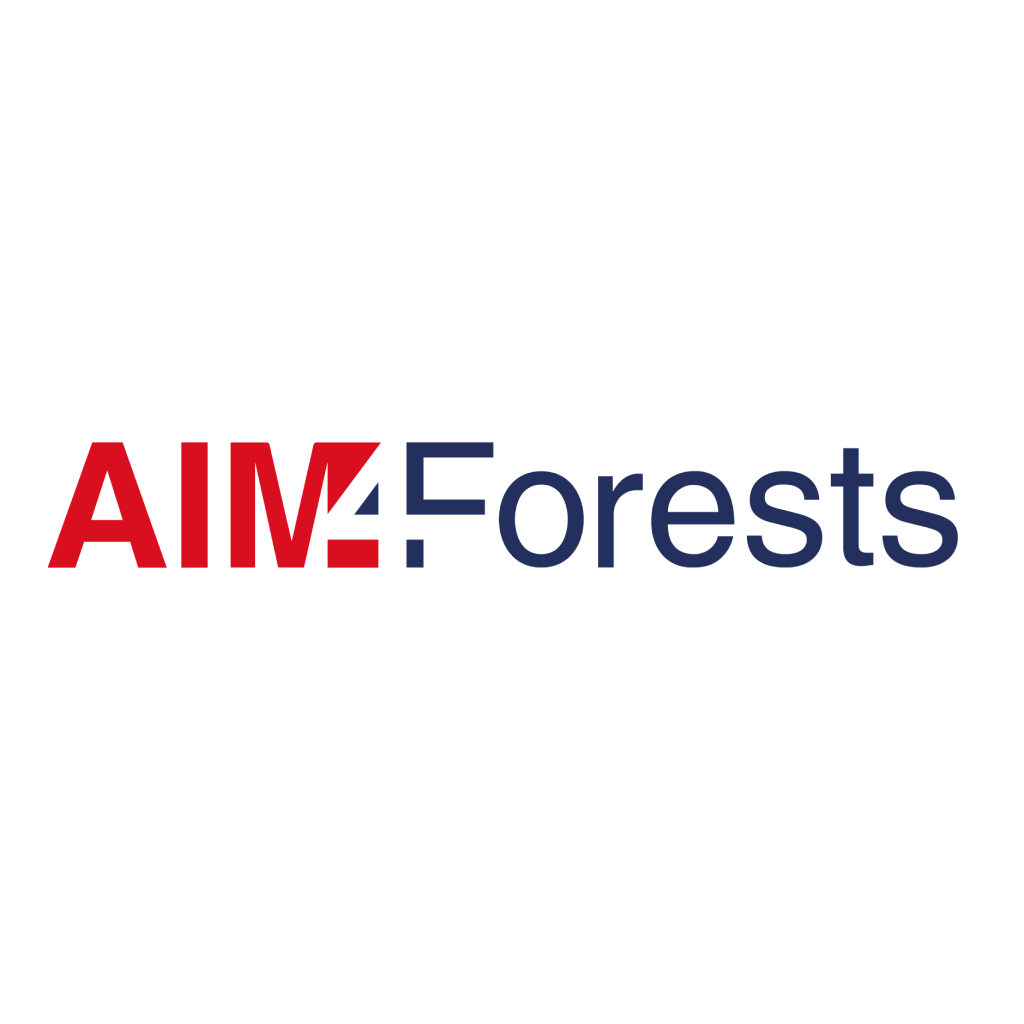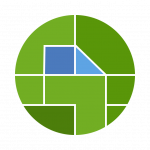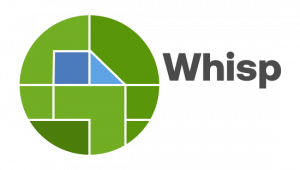
What is in that plot is an open-source solution which helps to produce relevant forest monitoring information and support compliance with deforestation-related regulations. Whisp is robust, transparent, and replicable, built on interoperable open standards. All code is open, publicly available, and can be inspected, reproduced, and adapted on GitHub.
Numerous publicly available Earth Observation maps provide data on forests, land use, and tree cover. However, these maps often differ because they use various definitions and classification systems. As a result, no single map can provide a complete picture of any specific area. To address this issue, the Forest Data Partnership (FDaP) and the AIM4Forests Programme advocate for the Convergence of Evidence approach.
This method involves:
- Using multiple data sets instead of relying on just one
- Combining information to gain a more detailed understanding of a particular area
- Reducing the impact of potential errors or biases in individual data sources
By analysing several data sets together, stakeholders can build a more accurate picture of what’s likely happening in a given location. This approach provides a more comprehensive and reliable view of forest and land use changes over time.
The analysis consists of extracting zonal statistics (counting relevant pixels) from a series of public datasets for a set of polygons (a plot of land). The geospatial analysis is presented in a tabular form where each geoID is a unit of information.
The types of datasets reported on are categorized as follows:
1) forest and tree cover at the end of 2020;
2) deforestation before and after 2020;
3) crop plantations and other agricultural uses; and
4) areas of significance for conservation.
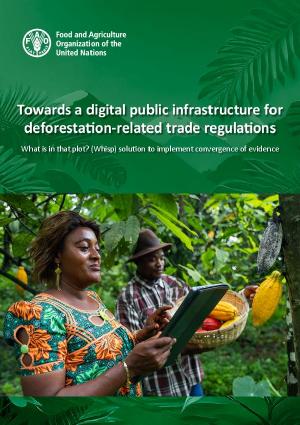
The guiding document:
Towards a digital public infrastructure for deforestation-related trade regulations
Digital Public Infrastructure prototype
What is a Digital Public Infrastructure?
A set of technology building blocks powered by interoperable open standards/specifications operated under a set of enabling rules with open, transparent, and participatory governance to drive innovation, inclusion, and competition at scale.
Boundaries
• Field data
• Digitized manually
• Segmentation

Unique Geo-IDs
• GDSP compliant
• Anonymous
• Attribute-less
Public Geodata
• Land cover
• LC Change
• Biophysical
• Land use

Public Models
• AI models
• Decision trees

Compliance Support
• Standardized data
• Risk assessment at the plot level
Who is Whisp for?
Whisp is for everyone along the commodity supply chain, from smallholders, cooperatives, third parties, and operators, to governments and relevant authorities

Smallholders: Simply use your mobile app to capture your farm boundaries. Open Foris Ground automatically generates your GeoID(s), which seamlessly travels down the commodity supply chain.

Cooperatives: If you already have farm boundaries from your farmers but without GeoIDs, you can easily upload them into the Whisp API using the user interface. 

Governments, third parties, operators: Easily use your own maps by customising the Source Code, adapting the process and layers as needed.
Whisp Ecosystem
The Whisp Ecosystem addresses a wide range of user needs. It provides solutions such as bulk processing of large datasets via API, mobile app-based field data collection, full customization options through source code access, and visualization capabilities with WhispMap.
Whisp is an application programming interface (API) to extract statistics for plots of land. With the Whisp API, you can input your geometries and receive a dataset that will take your original input, process it, and return a comprehensive analysis for each individual plot identified. The data can either be uploaded to the API through a graphical user interface (GUI) or you can call the API directly via HTTP requests. The code is publicly available on GitHub, and can be inspected, reproduced and adapted. It is designed by FAO.
Use the Whisp API to register your plot data and generate GeoIDs

The Whisp source code is written in Python and can be executed as Jupyter Notebooks. The notebooks provide added flexibility to run tailored analysis and modify input data layers. The functions stored here are used to run the core analysis behind the other solutions in the Whisp ecosystem. External contributions to the source code can be provided through pull requests in GitHub.
Access and analyze various public geodata layers.

To enable smallholders to produce monitoring data, any mobile app that collects geolocated field geometries can integrate with the Whisp process, such as the TechnoServe and Open Foris Ground apps. This enables smallholders to generate comprehensive information on their mobile devices in a few steps. Open Foris Ground has already implemented Whisp within its application.

WhispMap is a visualisation tool where you can upload your geometries. It provides an intuitive interface for comprehensive geospatial analysis, making it easier for users to manage and explore their data efficiently. WhispMap is designed for easy demonstration and visualization. Users can draw shapes on the screen input AgStack-generated geoIDs or explore different data sources
Visualize individual polygons to better understand plot-level activities.
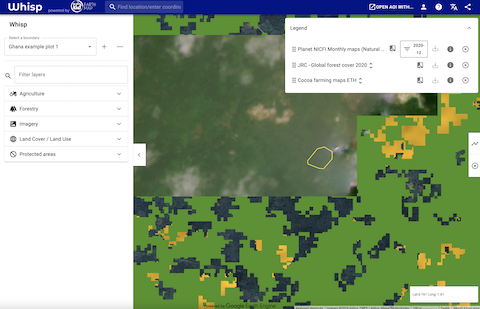
The deforestation risk analysis uses information generated by Whisp to classify plots of land into three risk levels:
Low Risk: any plot outside of mapped forest, overlapping with an available commodity map or with any observed disturbance map before 2020.
High Risk: plot is within mapped forest, not within any mapped commodity, and only disturbances detected after 2020
More information needed: plots that have not been disturbed or lack other evidence to determine their risk level. This classification highlights areas that require further investigation.
Whisp outputs can be analysed and visualised in the provided dashboard templates to allow users to quickly summarise and query risks, assess the specific criteria, and view their plots in WhispMap.
The dashboard is available for download via the Forest Data Partnership’s GitHub.
A tableau public version is also available.

Additional Resources
Latest video: What is Whisp English, Français, Español
How to use Whisp: Short Demo
Feedback: Whisp Layers Survey
Publication Towards a digital public infrastructure for deforestation-related trade regulations – What is in that plot? (Whisp) solution to implement convergence of evidence
FDaP Blog post: Supporting EUDR compliance with Whisp
FAO International Day of Forests 2024: How innovation is driving change in forestry event: Technical Session 4
Video – Whisp Demo: 28th INA Lunchbreak 2024: Whisp – a digital public infrastructure for EUDR compliance
Donors and Programme Partners
